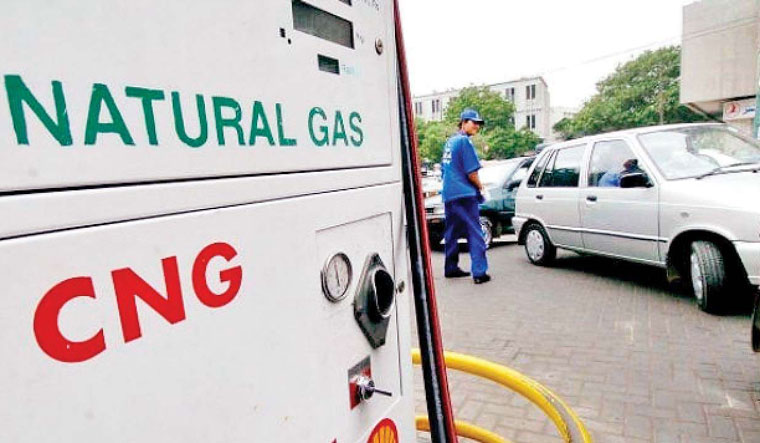Gas distributors in cities may see all-time high operating margins despite costlier Liquefied Natural Gas (LNG). As a result, sales volume of city gas comprising compressed natural gas, or CNG used by vehicles, and piped natural gas, or PNG used by homes and industries is set to soar 25-27 per cent this fiscal, driven by rebounding vehicular mobility and industrial activity, and a record price advantage versus competing fuels such as petrol, diesel and furnace oil. As per a report by CRISIL, strong growth is expected to help city gas distributors sustain robust operating margins of 28 per cent, even as higher prices of LNG get partly absorbed to cushion the impact on consumers.
The CRISIL report observes that during the last fiscal (2020-21) city gas volume contracted by 13 per cent as both the demand for CNG and industrial PNG, which together contribute 90 per cent of total city gas consumption, were hard hit by the pandemic, especially in the first quarter, before recovering.
“The first quarter of this fiscal (2021-2022), unlike last year, saw far less impact of lockdowns on vehicular mobility and industrial activities as volumes were up 130 percent on-year though down 18 per cent sequentially. We expect sustained recovery for the rest of the year, as both CNG and industrial PNG demand improve on a combination of higher economic activity and record price advantage against alternate fuels. This will drive the overall demand by 25-27 percent this fiscal, even 8 percent above fiscal 2020 levels,” remarked Manish Gupta, Senior Director, CRISIL Ratings.
It is expected that the sales volume of CNG in cities, which accounts for about 40 per cent of total consumption, will be driven by an expanding network of CNG stations (up from 2,500 in May 2020 to 3,180 in May 2021) and higher sale of factory fitted CNG cars. Sales of CNG cars are expected to increase 50 per cent to 2.6 lakh units this fiscal given their lower total cost of ownership than competing petrol and diesel ones. Experts at CRISIL point out that the demand for industrial PNG, which accounts for around 50 percent of total consumption, will benefit from improving competitiveness against crude linked industrial fuels this fiscal, a select ban on sale of polluting fuels such as furnace oil and pet coke, an expanding pipeline network, and hassle-free use.
Residential PNG, which accounts for the balance 10 per cent of consumption, too, will continue to grow steadily this fiscal with consumers shifting away from LPG to PNG due to its lower cost, increasing network and higher safety. It is expected that an all-time high price advantage of gas against alternative fuels will provide a boost to the volumes. Experts at CRISIL observe that ever since the beginning of this fiscal, successive price hike moves have increased petrol and diesel prices by 14-16 per cent, with petrol prices over Rs 100 per litre mark across the country. Meanwhile, CNG price, driven by the domestic administered pricing mechanism formula is at an all-time low and expected to be only 4-6 per cent higher year on year. LNG prices have spiked, but are still far behind the rise in crude oil linked industrial fuel prices. This has resulted in a record price advantage of 61-69 per cent for CNG versus petrol and diesel, and 14-21 per cent for PNG versus industrial fuels.





